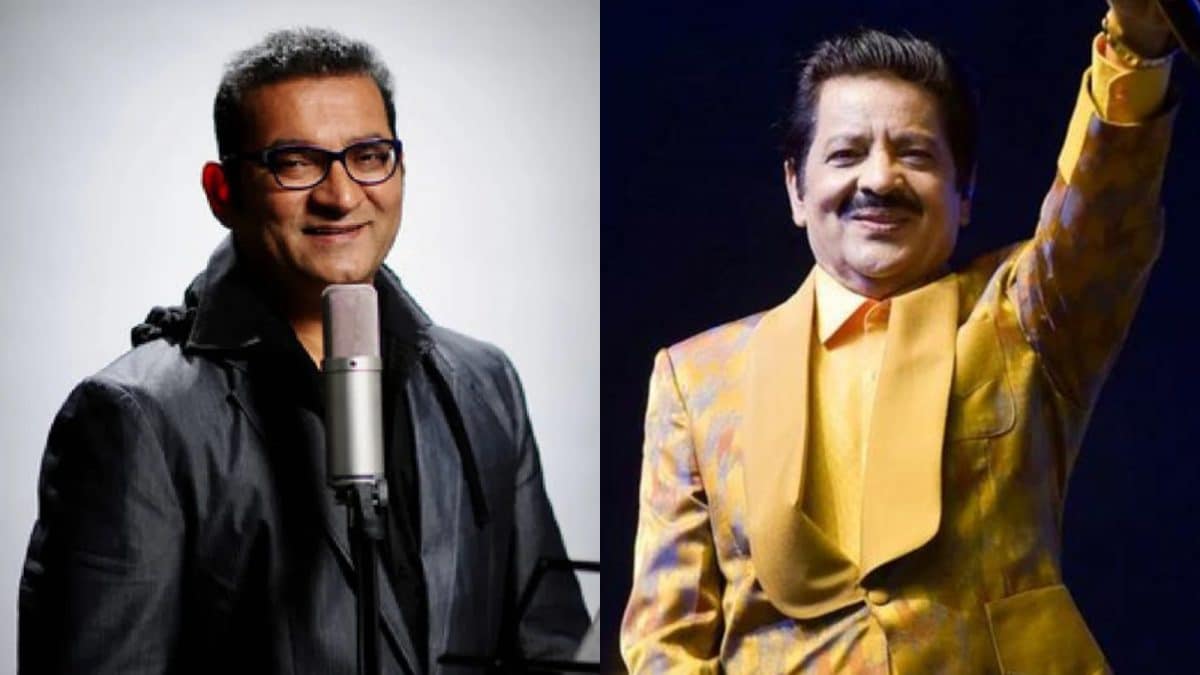 |
|
The recent controversy surrounding Udit Narayan's enthusiastic interactions with fans has sparked a debate in the Indian entertainment industry. Videos circulating on social media show Narayan kissing several female fans during a performance, leading to widespread criticism and online trolling. While some condemned his actions as inappropriate, others argued the interactions were consensual, highlighting the complexities of celebrity interactions with ardent admirers. This incident brings to the forefront the delicate line between fan engagement and potentially inappropriate behavior, prompting a wider conversation about acceptable boundaries for public figures. The varying viewpoints on the incident reflect diverse perspectives on consent, celebrity culture, and the passionate nature of fan interactions.
Adding another layer to the discussion is the vocal defense offered by fellow singer Abhijeet Bhattacharya. Bhattacharya, a contemporary of Narayan, not only defended his colleague's actions but also shared a personal anecdote about a similar incident from his own career. He recalled an experience in South Africa where he received numerous enthusiastic kisses from female fans, an incident that occurred in the presence of the legendary Lata Mangeshkar. This shared experience lends credence to his argument that such spontaneous interactions, while potentially unexpected and even overwhelming, are not uncommon for popular performers. Bhattacharya's recounting humanizes the situation, suggesting that while the actions might be viewed differently depending on personal perspectives, they are often the result of the intense passion of fans.
Bhattacharya's defense of Narayan goes beyond a simple act of camaraderie. He highlights the pressures and challenges faced by celebrities in public settings. He argues that without sufficient security, such interactions can quickly escalate beyond control. This perspective underscores the importance of adequate security measures and crowd management for public performances to protect both performers and fans from potentially uncomfortable or even dangerous situations. By placing the incident within the broader context of the challenges of navigating public life as a celebrity, Bhattacharya invites a more nuanced understanding of the events, moving beyond simplistic judgments to consider the complexities of the situation.
Narayan himself addressed the controversy, stating that fans can become extremely enthusiastic and that such gestures should not be overanalyzed. He acknowledged the intense devotion of his fans and the various ways they express their admiration. This response, while perhaps less detailed than Bhattacharya's, serves to underscore the sentiment that the interactions, however unexpected, were not intended to cause offense. The differing responses from Narayan and Bhattacharya showcase a range of perspectives on the event, providing a broader lens through which to examine the issue. It also highlights the diversity of interpretation when it comes to understanding the complex relationship between celebrities and their passionate fan bases.
The controversy surrounding Udit Narayan's onstage kisses highlights the complex interplay between celebrity, fandom, and public perception. The debate sparked by the incident underscores the need for a thoughtful examination of consent, appropriate boundaries, and the dynamic between public figures and their fans. The incident also brings to light the unique challenges faced by performers in managing interactions with enthusiastic audiences, highlighting the need for better crowd control and security measures. The varying perspectives provided by both Narayan and Bhattacharya's accounts paint a more complete picture of this complex event, inviting a deeper reflection on the often-unpredictable nature of celebrity interactions with fans and the often-blurred lines between passionate admiration and potentially inappropriate behavior.
